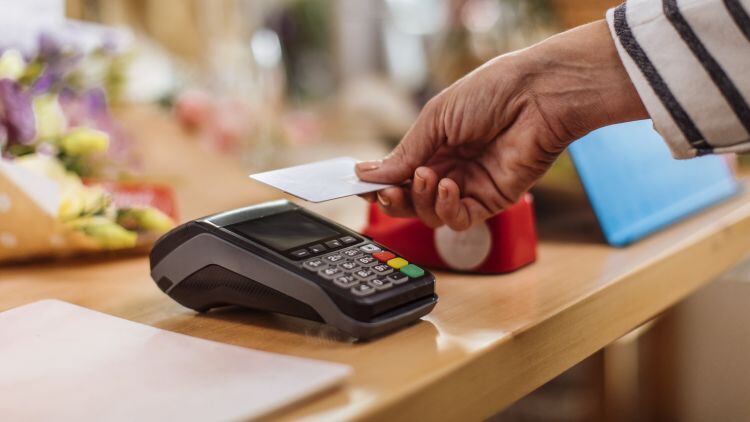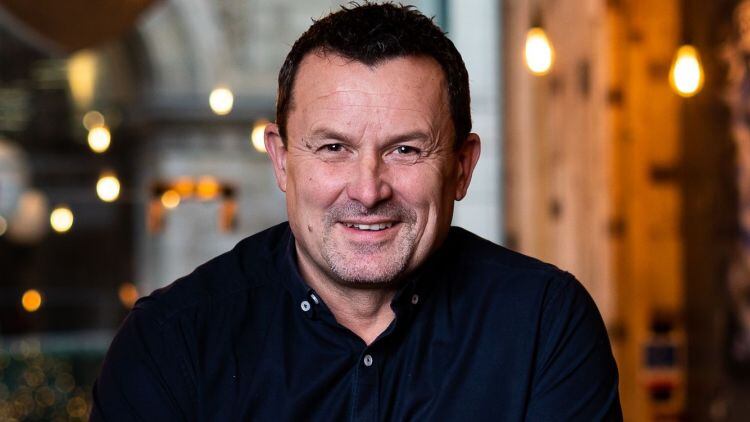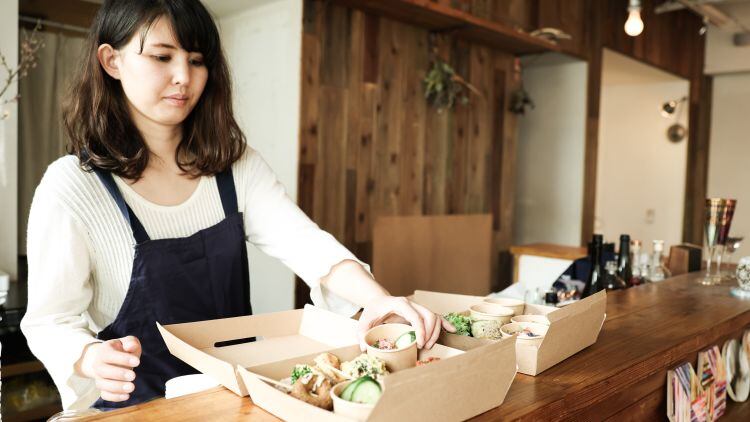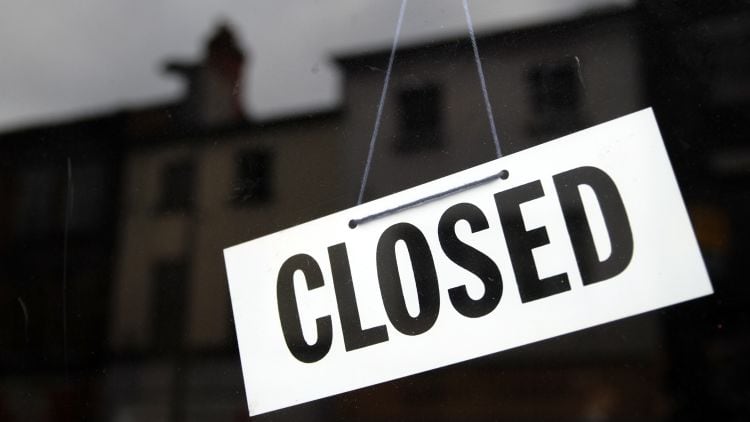Data from Barclaycard Payments revealed the trading information across last weekend, which it stated Brits enjoyed days out and made the most of the sunny weather.
Elsewhere in the hospitality sector, restaurants saw a rise of more than a third (35.2%) against 2019 statistics.
Business support
Barclaycard Payments head of online payments Harshna Cayley said: “The sunny weather combined with the first restriction-free Easter weekend since 2019 lifted the spirits of Brits as they enjoyed days out and took supported businesses as they return to normal operations across the UK.
“Our data against the wider backdrop of concerns around the cost of living. As many Brits get back to work, businesses will be hopefully the recent spell of warmer weather returns in time for the next bank holiday in early May.”
Previous data from Barclaycard showed spending in March compared to the same period in 2019, which found hospitality and leisure saw a 18.3% rise, boosted by a 41.7% surge in spending at bars, pubs and clubs.
This boost was attributed in part to the rising popularity of chip and pin and contactless payments over cash, something that accelerated during the pandemic.
Average spend
However, data from Lumina Intelligence’s Eating & Drinking Out Panel found average spend on dining out dropped by 9% in the 12 weeks to 20 March 2022.
This was put down to being driven by decade-high inflation, rising energy costs and fears of higher prices alongside disposable income being squeezed and consumers keeping a closer eye on outgoings.
It stated this was evident in eating and drinking out frequency as no change was recorded compared to the previous 12-week period (ending 26 December 2021), indicating consumers are restricting spend per head and looking for affordable solutions.
Eating out participation dropped a little by 0.4 percentage points, illustrating the cost-of-living crisis slowing the market’s recovery.





